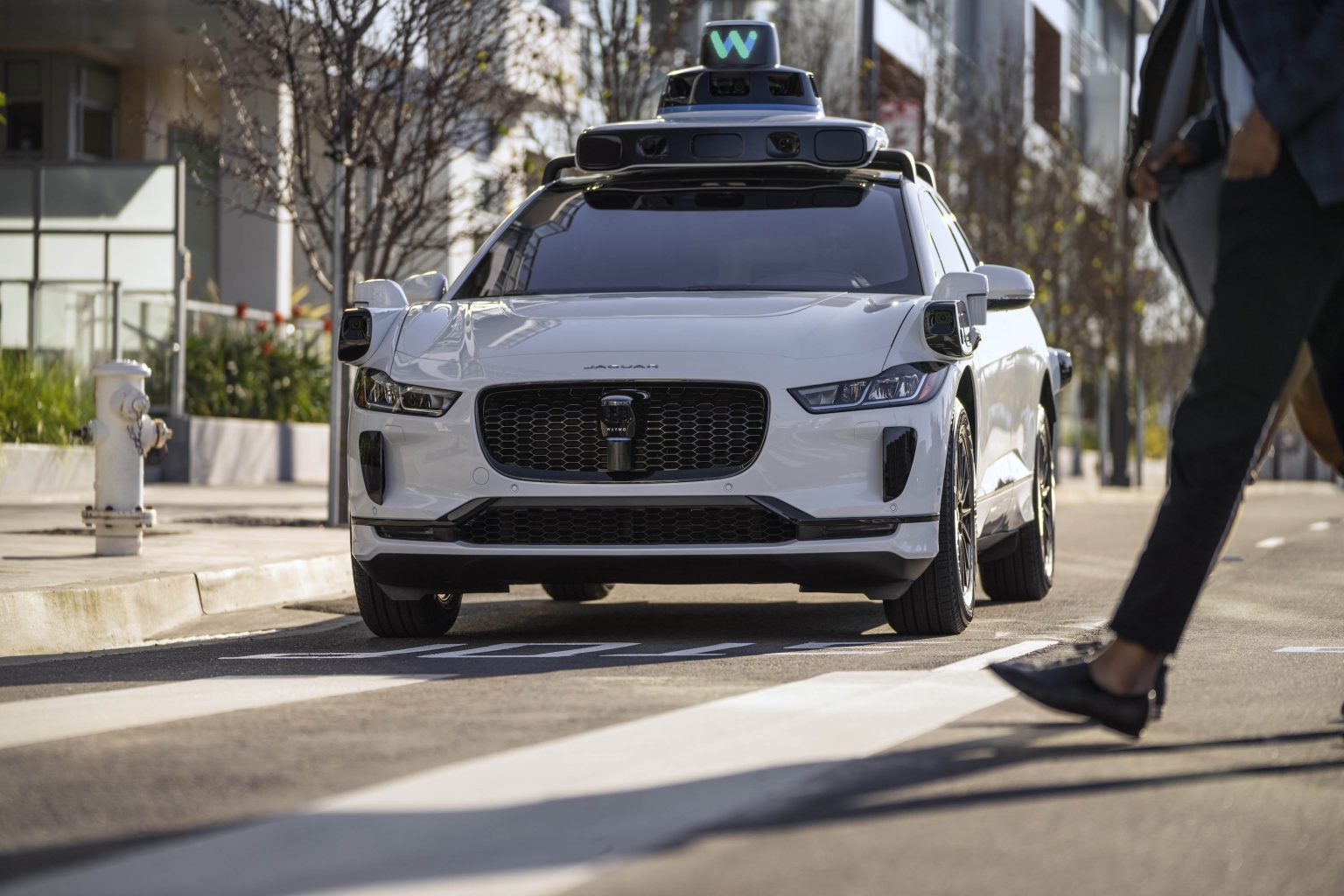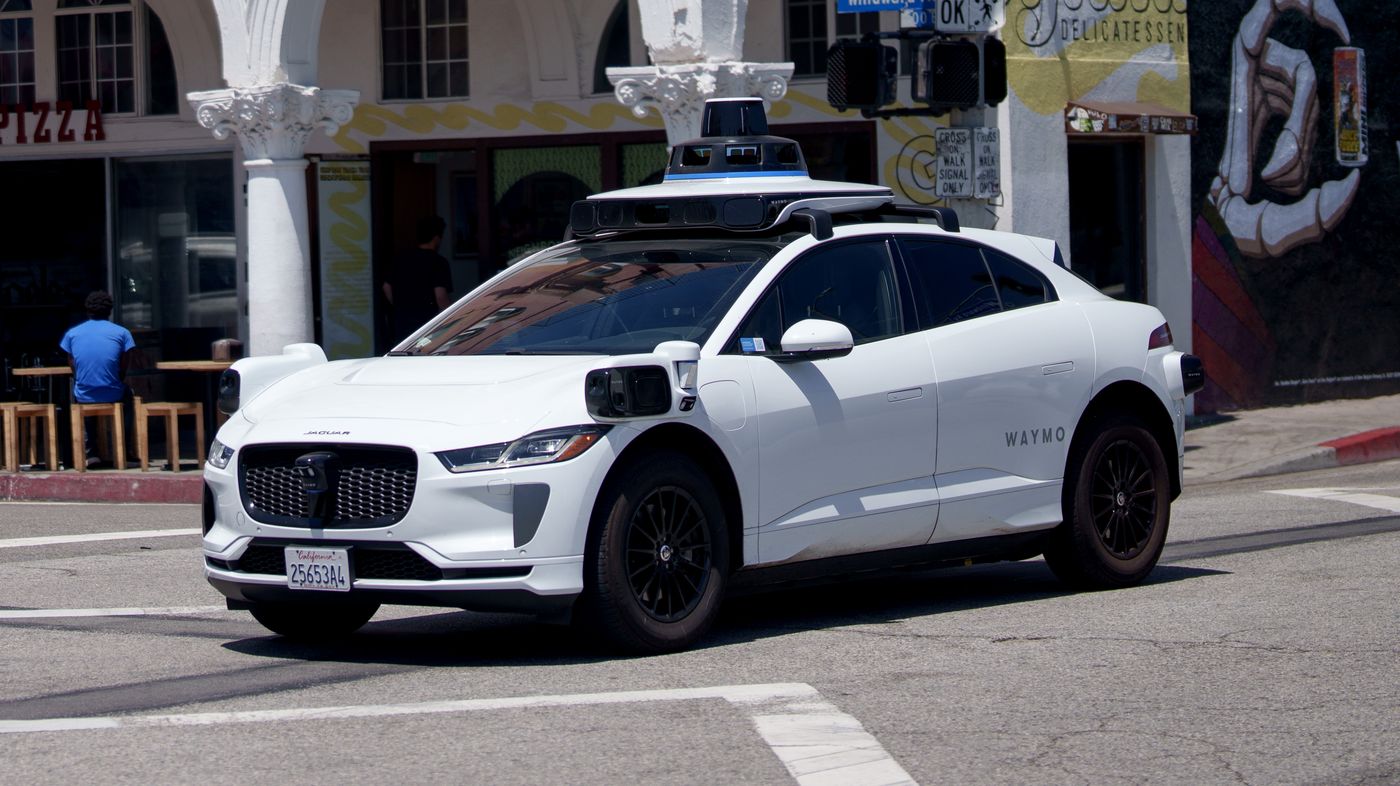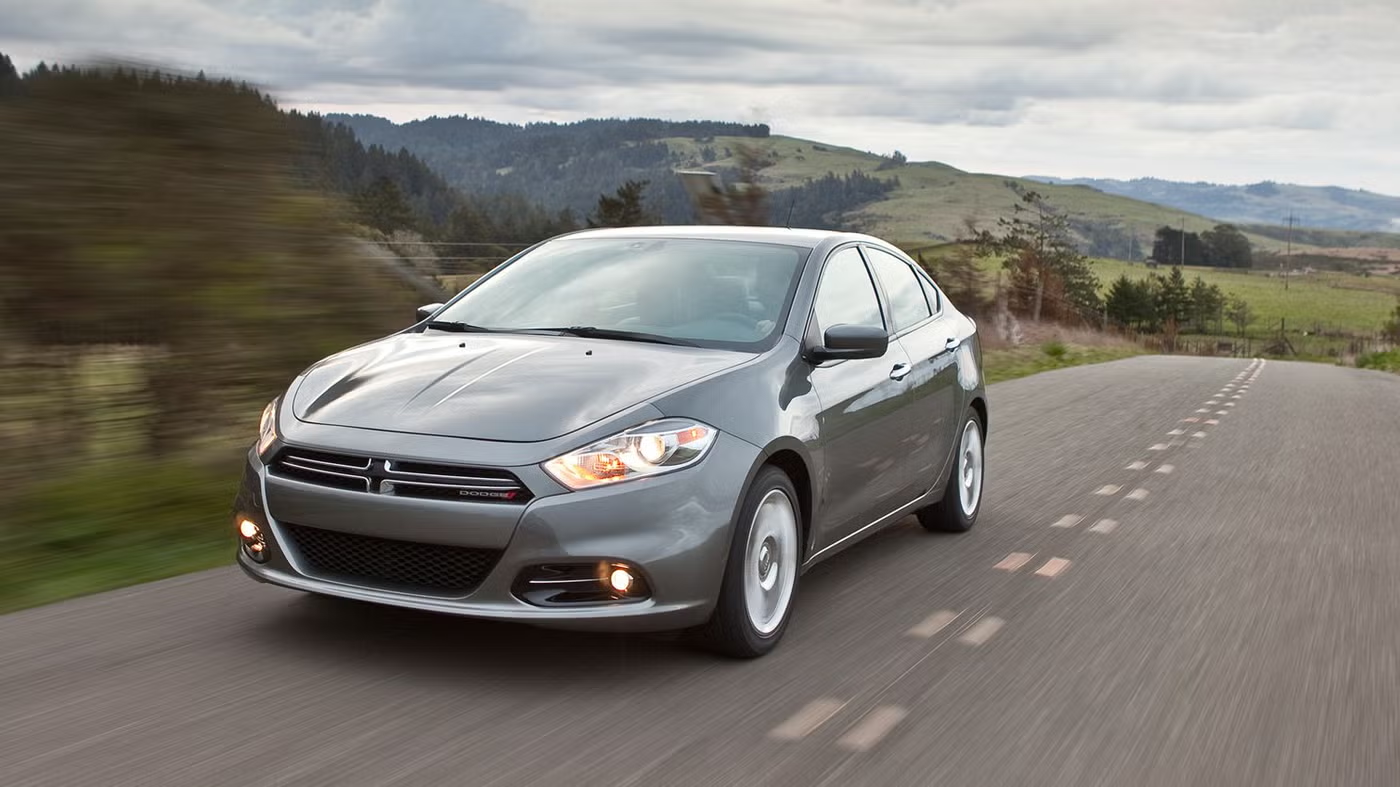Tesla to Revise Door Handle Design Amid Safety Concerns
Safety editor tracking recalls, crash tests and regulations. Drives a Volvo V90; keeps a few child seats for testing.
Tesla is set to modify the design of its vehicle door handles following scrutiny from government agencies in China and the United States. The adjustments aim to resolve issues raised by owners and regulatory bodies, enhancing safety and convenience for Tesla drivers.
In recent weeks, Tesla's door handle design has come under fire from both Chinese and American authorities. In China, the focus has been on the Model S, whereas the United States' National Highway Traffic Safety Administration (NHTSA) has received nine complaints regarding the 2021 Model Y. These issues primarily relate to difficulties in accessing the vehicle when the 12V battery is low. The scrutiny highlights the complex balance between innovative design and practical functionality—a challenge Tesla now faces head-on.
Tesla's Chief Designer Franz von Holzhausen has addressed these concerns, confirming plans to integrate electronic and manual door release mechanisms. This change aims to alleviate stress during emergencies by offering a consistent and reliable escape method. By combining both systems into a single button, Tesla hopes to streamline the process, making it intuitive for drivers and passengers alike. This solution is already being implemented in new Model Y vehicles with emergency mechanical release latches, setting a precedent for future models.
As Tesla prepares to roll out these adjustments, the company remains confident in its ability to meet regulatory expectations. Von Holzhausen has assured stakeholders that Tesla is committed to providing a robust solution, emphasizing that the engineering changes, though seemingly minor, will significantly enhance the user experience. This proactive approach is expected to prevent future complaints and ensure compliance with safety standards.
The decision to modify the door handle design is part of Tesla's broader strategy to maintain its reputation for safety and innovation. By addressing these issues promptly, Tesla demonstrates its commitment to customer satisfaction and regulatory compliance. This move not only strengthens its market position but also reinforces the brand's image as a leader in automotive innovation.
Looking ahead, Tesla's adjustments could set a new standard for automotive design, encouraging other manufacturers to prioritize both technological advancement and practical functionality. As the company continues to innovate, these changes underscore the importance of adaptive engineering in the face of evolving regulatory landscapes and consumer needs.
About Nina Alvarez
Safety editor tracking recalls, crash tests and regulations. Drives a Volvo V90; keeps a few child seats for testing.



